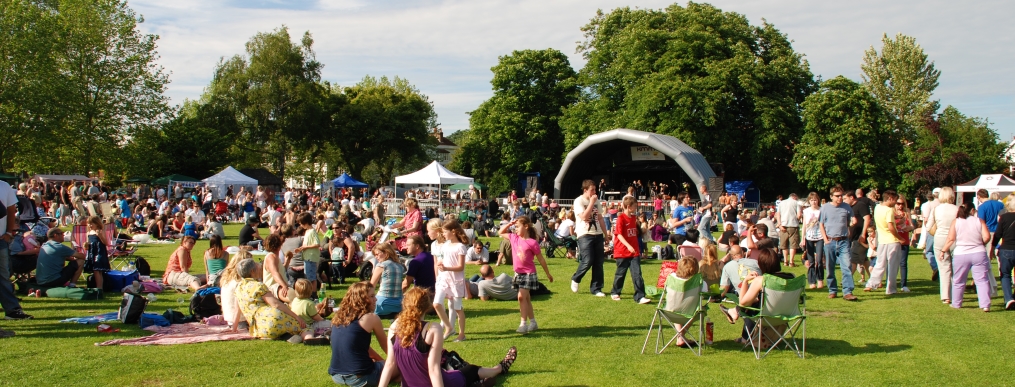
We’re calming traffic to reduce the speed and volume of traffic while improving neighbourhood safety and quality of life.
Our methods may vary if you’re a pedestrian, cyclist or motorist, but traffic moves safely when we all understand the measures and obey the rules. Milton's Traffic Calming Policy provides guidelines for traffic calming measures in residential neighbourhoods.
What is traffic calming? |
|
Traffic calming is the "combination of mainly physical measures that reduce the negative effects of motor vehicle use, alter driver behaviour and improve conditions for non-motorized street users.” Traffic calming measures can effectively address issues related to vehicle speed, excessive traffic volume and overall neighbourhood safety. Traffic calming measures - combined with engineering, education and enforcement - can significantly improve the liveability and safety of neighbourhoods. Common traffic calming measures include speed humps, traffic circles, curb extensions, curb radius reductions and raised median islands. |
Request traffic calming |
|
In March 2023, Milton Town Council approved an updated Traffic Calming Policy that allows staff to evaluate requests received from the public. Residents can submit requests for implementing physical traffic calming (e.g. speed humps) on local and collector Town roads. Traffic calming applications are accepted from January 1 to September 30 each year, for implementation the following year. Requests are made using this online traffic calming application form. |
Traffic calming measures |
|
Traffic calming measures include:
|
Roundabouts
Roundabouts are an important part of Milton’s roadway system. These circular intersections improve road safety, manage traffic flow and reduce emissions by eliminating unnecessary stops and idling.
Drivers |
|
Pedestrians |
|
Cyclists |
|
Roundabout benefits |
SafetySlows vehicles, lower speeds, with less chance of the potential for serious crashes and injury. Improve traffic flowContinues the flow of traffic in a safer manner by less time yielding than waiting for a green light at an intersection or for a gap in traffic at a stop sign. |
Speed display boards
Speed display boards are pole-mounted devices equipped with radar speed detectors and an LED display. The boards are capable of detecting the approaching speed of a vehicle and displaying it back to the driver. When combined with a regulatory speed limit sign, a clear message is sent to the driver that they may be travelling too fast. The objective of the program is to improve road safety by making drivers aware of their speed.
Flashing 40 signs
Flashing 40 signs designate time specific reduced speed limits in front of certain schools. Drivers must travel at 40 km/h when flashing beacons are activated. When not in operation, the speed limit returns to the posted limit for that road.
Speed limits
There are different speed limits for different roads in Milton.
Unless otherwise posted, speed limits are:
- 40 km/h in front of primary and junior schools when signs flashing
- 50 km/h in urban areas
- 70 km/h in rural areas
We work with the Halton Regional Police Service (HRPS) to promote safe driving practices. We conduct a spot speed study in areas identified as concerns. We process the data we collect into a speed profile. We then give the results to HRPS for their information and enforcement.
Contact Us



